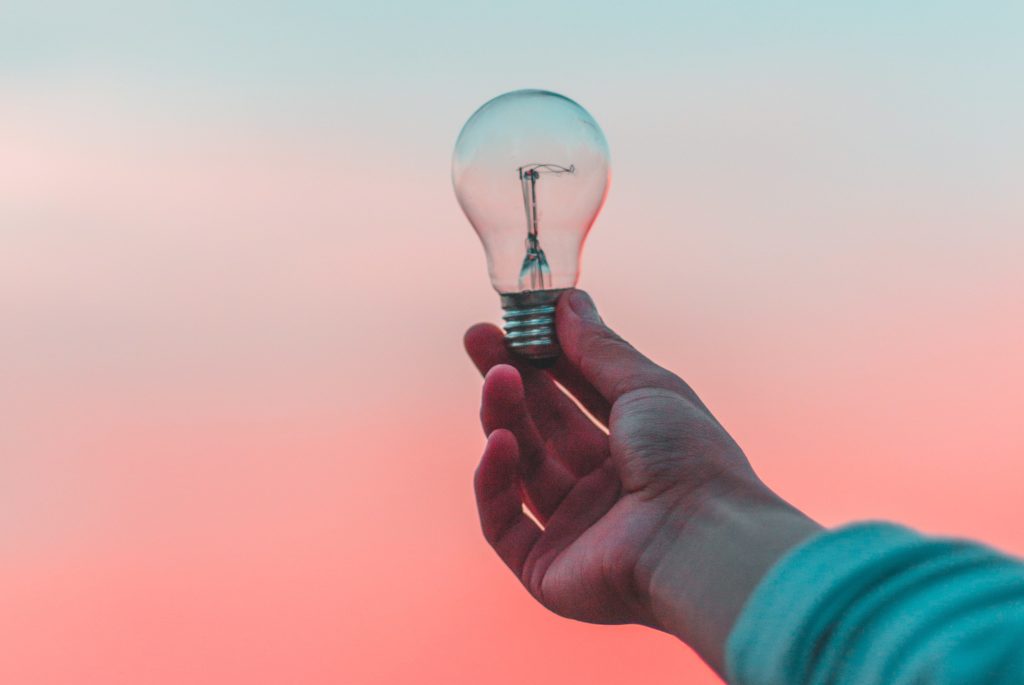Learn how to free your mind for maximum performance by storing your notes in an easily accessible way through simple technology.
You Are What You Remember
Is it concerning that you forget so much? Imagine that your mind is a bucket and every new thought, task, and goal adds a marble. Your mind quickly becomes crammed. If it overflows, you might lose your marbles. The good news is that you can combine traditional paper with new technology to organize your notes and regain mental focus.

Don’t Burn Your Notebooks
Paper’s drawbacks for information storage include retrieval time and lack of search capability. But for those of us who love the tangible feel of paper in a world of pixels, all is not lost. Technology is a simple tool to make our existing habits more effective.
You can write your notes by hand and later transcribe them onto your computer. In addition to aiding concentration, the act of handwriting cements ideas into your mind. Transcribing lays the cement even thicker. And as you type, you can add more details and context.
Guidelines for Effective Note-Taking
These are some principles you can use for inspiration as you write your notes.
Use Consistent Formatting
Consistent formatting within your notes makes them easier to understand. For example, you can write an identifier such as “TO DO” next to each line with a new task. You can use linear bullet points, if that’s how your mind works, or upload pictures of hand-drawn diagrams.
Highlight Main Ideas
You don’t have to write down the minutiae of the meeting or subject. As you transcribe, you can pull out the main ideas and format them as headers. This way, when you scan the document later, you will quickly see a recap of topics.
Include Contextual Information
If you’re in a meeting, you can include the date, time, and location, and a list of who was present. Although you likely won’t need to recall this specific information, it gives useful context to spark your memory in the future.
Tips for Handwritten Transcription
In your notebook, you can draw an icon next to each note once it’s been transcribed. In your digital note, you can also add a tag for the specific notebook. This allows you to search by a notebook to see its complete digital representation.
Current Free Tools
The guidelines above will work for any note-taking software. Here are some simple and free web-based programs you can start using now.
Evernote
Evernote is the note-taking app to rule them all. It can be used on Mac and PC, computer and phone, and web and downloaded app. It supports categorization hierarchies, tags, and extensive searching. You can easily record and upload audio and pictures through the mobile apps. The basic version is free and serves many purposes.
OneNote
OneNote is Microsoft’s alternative to Evernote. Many of the features are the same. If you already extensively use Microsoft Office, OneNote may best fit your needs.
Google Docs
Google Docs doesn’t support tagging documents and other features you’ll find in a note-taking app. Nonetheless, it provides an easy way to write digital documents. If you already use Google Docs, this could be a good temporary place for you to store notes until you find a dedicated note-taking app that works for you.
Many More
Just Google “note-taking app” for many more…
Design Your Own Unique System
Now comes the fun part. You can experiment with your own unique strategy and develop an evolving personal database. With this organization comes peace of mind. You can spend less time remembering and more time thinking about something new.
>> Read Part 2: Note-Taking Strategies to Help You Stay Organized



